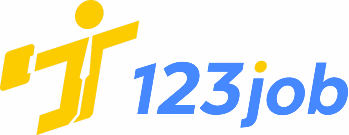Cost Structure Modelling
Regularly review and update cost models to stay in line with industry and internal standards, while identifying areas for improvement.
Analyze all cost drivers (materials, packaging, shipping, and investments) for each product to understand their impact on overall profitability and make sure the cost calculation process works as planned.
Collaborate closely with different stakeholders to develop effective cost models and methodologies that provide accurate and actionable insights into cost management and support decision- making.
Total Supply Chain Cost Analysis
Identify savings opportunities based on the overall company cost analysis, providing insights to enhance supplier relationships and negotiation outcomes.
Predict cost trends, track progress to address close gaps, and explain any significant or unexpected changes in calculated costs.
Analyze the total supply chain costs by evaluating the value chain for both direct and indirect categories, and offer insights to support Procurement team in sourcing decisions.
Supply Chain Cost Management
Set up dashboards and processes to track and manage supply chain costs and efficiency, ensuring they align with budgets.
Develop detailed reports that summarize cost analysis findings, focusing on trends, risks, and opportunities for key stakeholders.
Collaborate with different stakeholders to control the cost, ensuring that it does not exceed the budget.
Cost Governance and Process Improvement
Improve the cost reporting process to assist in margin and business planning, leading efforts to automate where possible.
Review and analyze current inventory levels and supply chain procedures, identifying inefficiencies and suggesting improvements to optimize operational costs and increase profitability.
Challenge assumptions for cost improvements by analyzing and validating them against internal and external benchmarks of operational performance and costs and propose actionable solutions for implementation.



